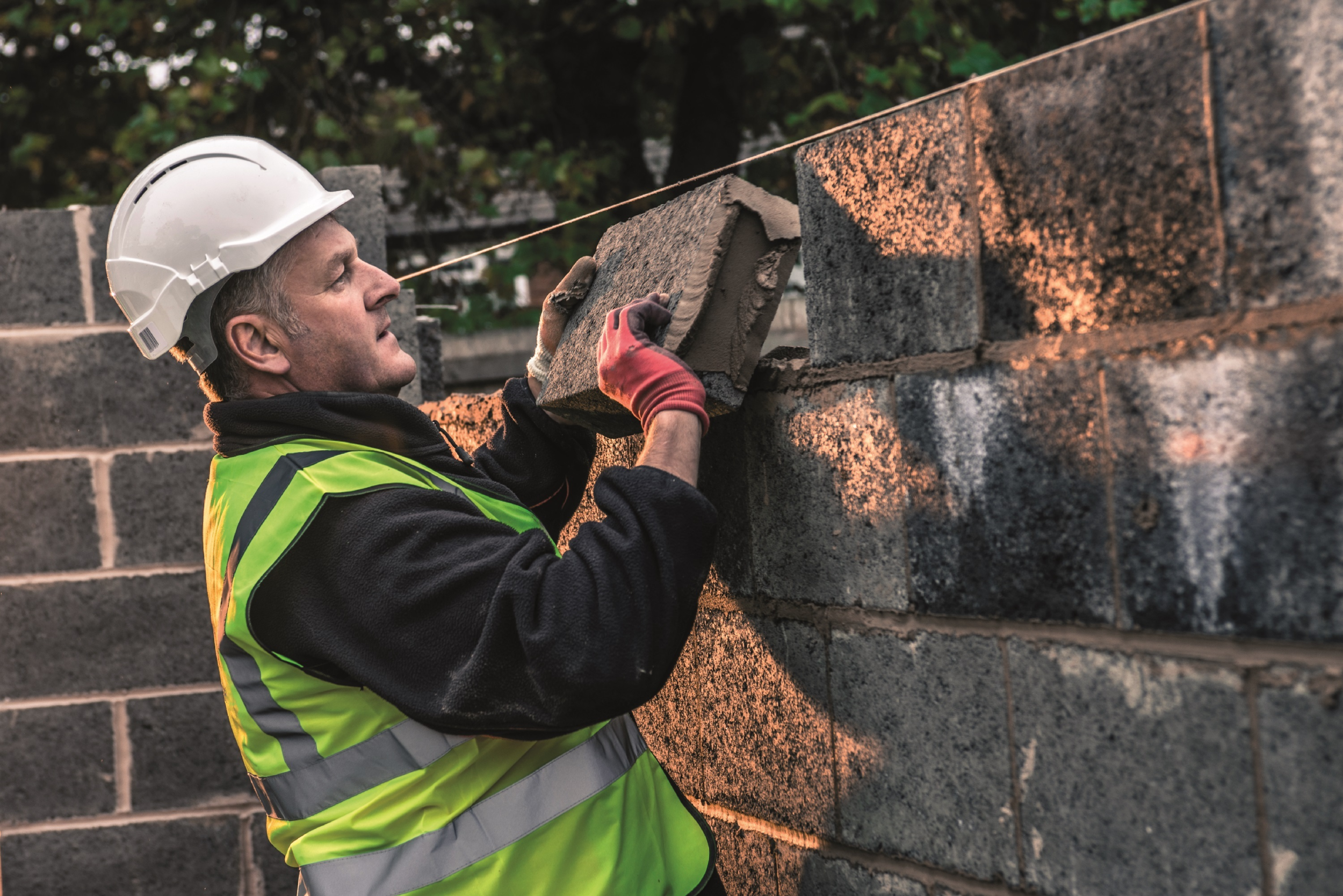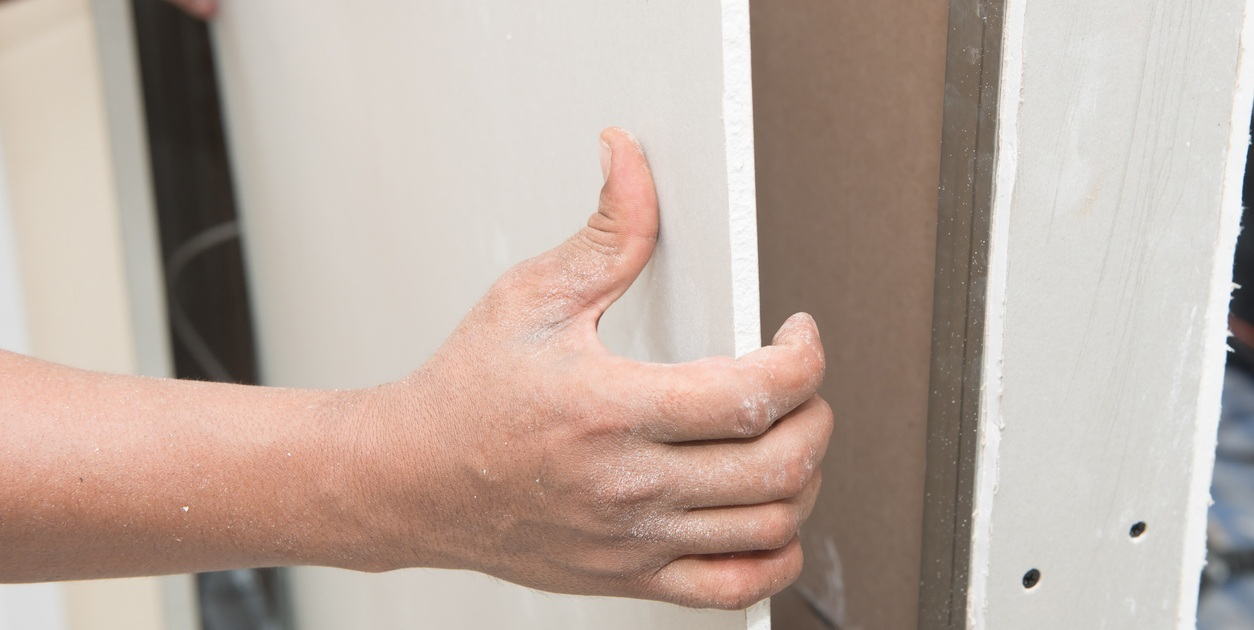A lintel is a form of structural support in the fabric of a building. Positioned over openings, such as for doors and windows, lintels bear the weight of the building above and safely transfer those loads to the rest of the structure.
To serve that function, however, lintels themselves need sufficient support when installed. This is achieved through providing end bearings on either side of the opening. It is important when specifying lintels to be sure that the lintel length is not just the span of the opening but includes the end bearings as well.
What is the correct length of end bearing?
Lintels generally require a nominal minimum end bearing of 150mm at both ends, meaning the total lintel length is the span of the opening plus 300mm. On top of that, there are other things to be aware of during installation to ensure the lintel is correctly supported and able to do the job expected of it.
The lintel should be level to ensure loads are distributed evenly and to provide proper support to the structure above. The lintel ends, with their 150mm bearing, should be fully bedded on bricklaying mortar, this ensures even transfer of loads either side of the opening reducing any deflection of the lintel when loads are applied.
Any masonry above the lintel should be allowed to cure before floor or roof loads are imposed. This ensures that the lintel and the structure immediately above it is ready to bear more significant loads
Ensuring design details provide correct lintel support
Before a project reaches site, arguably one of the most critical aspects of ensuring the correct support for lintels is the careful designing of details over structural openings.
Different types of lintel perform in different ways. For some, their declared load-bearing capability is only achieved when they are detailed with other structural elements. An eaves lintel, for example, must be designed with a course of concrete block and a timber wall plate supporting the pitched roof, in order to achieve the declared performance.
It Is therefore essential to specify lintels and incorporate them into details in accordance with the manufacturer’s instructions, to support the lintel correctly and not compromise its ability to bear the structural load of the building.
The Catnic product selector tool allows you to select the right lintel for your needs from a comprehensive range of lintel types and applications. Filtering by wall type, wall thickness and loading condition, you can select the best result and obtain detailed technical information for that lintel, including specific design and installation requirements. You can also contact us with any questions regarding your project and correct lintel specification.
More
-
![]()
- Plaster Bead & Mesh
- Guide
How to Fix an Angle Bead to Plasterboard
-
![]()
- Lintels
- Guide
Why thermally broken lintels are a game changer


